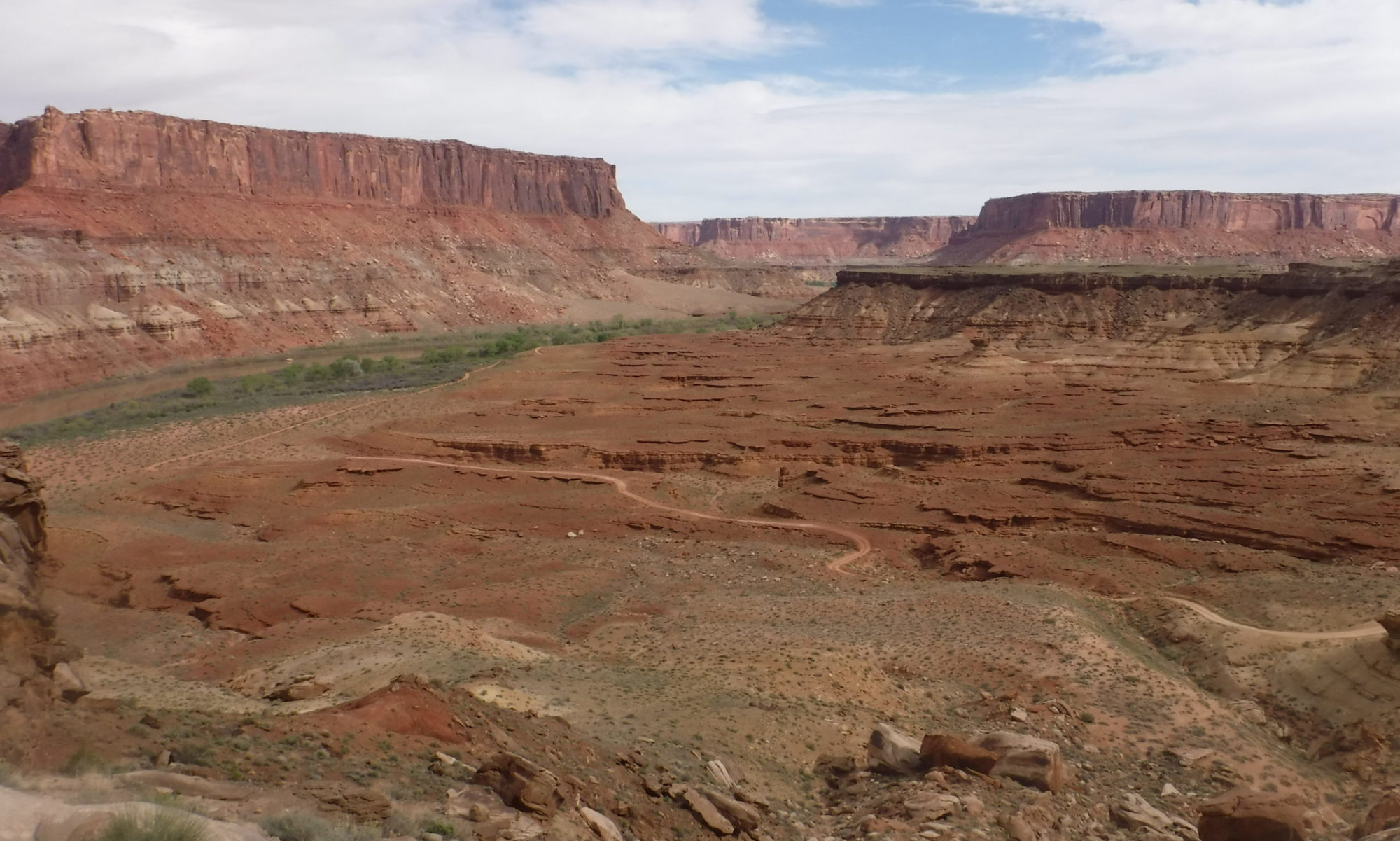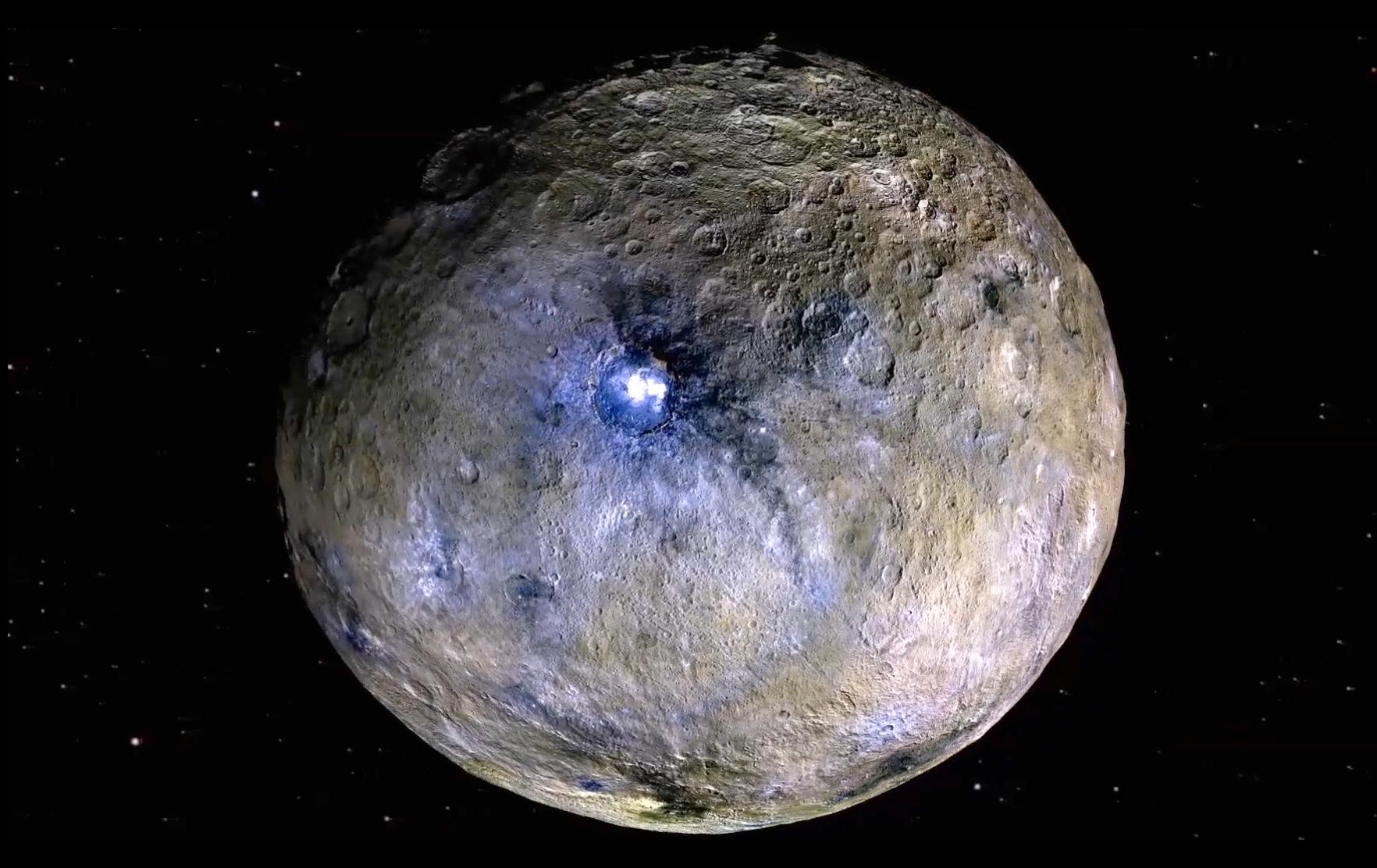Featuring image: Ceres is the largest body inside the main asteroid belt. Could this icy dwarf planet be still geological active? NASA/JPL-CalTech/UCLA/MPS/DLR/IDA, public domain (CC0).
Paper: Brine residues and organics in the Urvara basin on Ceres
A. Nathues, M. Hoffmann, N. Schmedemann, R. Sarkar, G. Thangjam, K. Mengel, J. Hernandez, H. Hiesinger, J. H. Pasckert
When you think about asteroids, you might picture an old, cold collection of rocks and dust. But the closer we look at them, the more complex these bodies turn out to be. Could some of them still be geologically active?
Ceres, a major body in the main asteroid belt, is covered by several big impact craters. A group of researchers led by Dr. Nathues from the Max Planck Institute for Solar System Research, used data from a former space mission to investigate the geology of one of the most prominent impact craters. Not only did they find the expected landscape of a post-impact region, but they also found signs of more recent geological processes and evidence for a global brine layer under the surface of Ceres.
Continue reading “Looking into Ceres interior”
